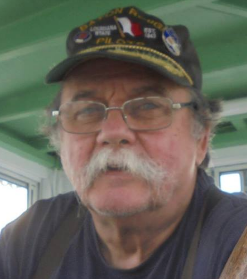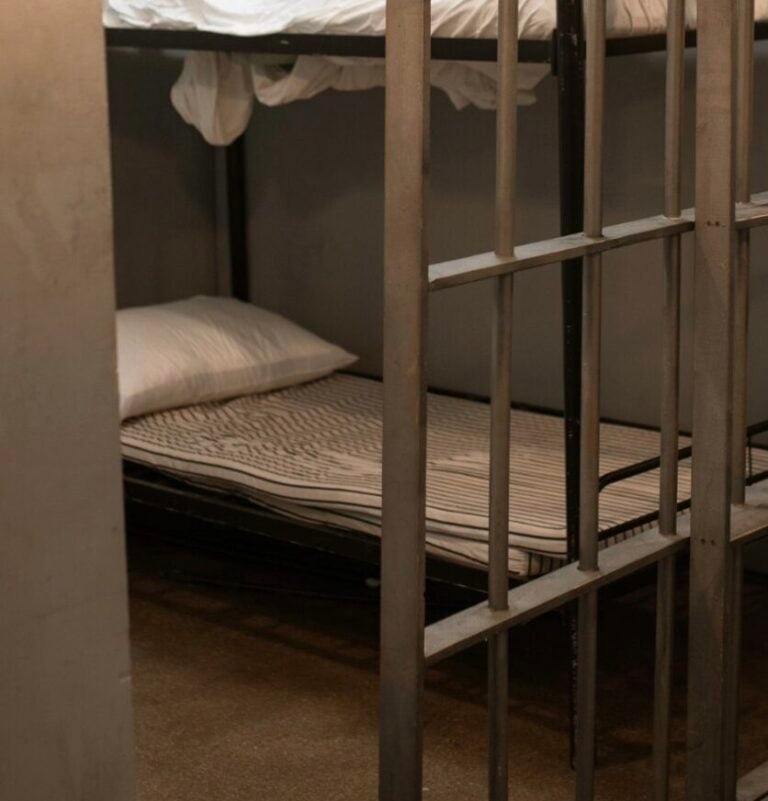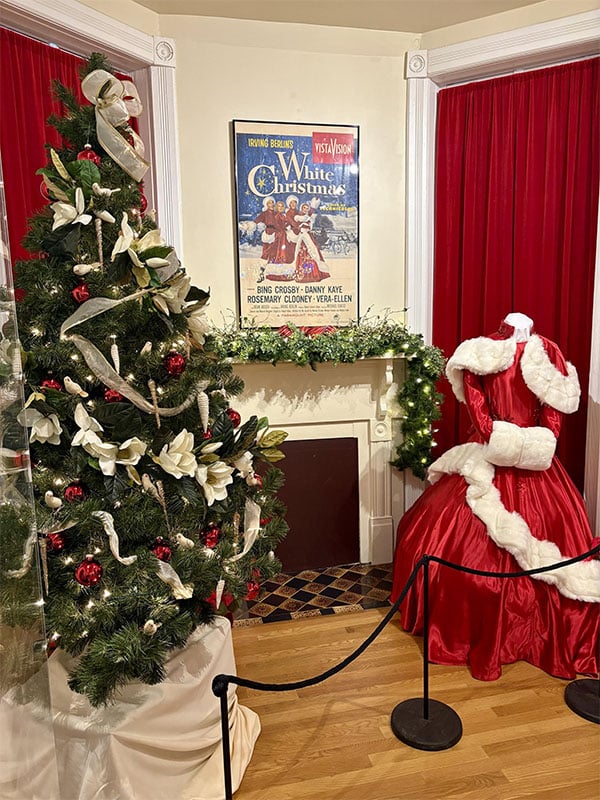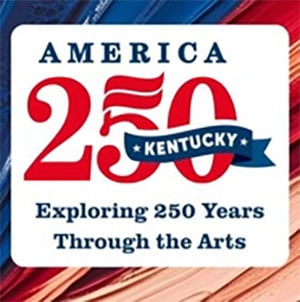The riverboat captain is a storyteller. Captain Don Sanders shares the stories of his long association with the river — from discovery to a way of love and life. This a part of a long and continuing story.
By Capt. Don Sanders
Special to NKyTribune
April has seen its share of violent weather and flooding in the Middle Ohio River Valley. As I write this on Thursday, April 3rd, 2025, several thousand area residents still have no electricity after last night’s violent storms. The gauge on the Roebling Suspension reads just over 33 feet, but the forecast expects a crest of around 56 feet when this column’s published on Sunday. The third of April is also the 51st anniversary of the 1974 Sayler Park Tornado.

Sayler Park, a residential suburb along the Ohio River on the western edge of Cincinnati, Ohio, was for many years before the high-lift lock and dam at Markland, Indiana, raised the river’s level some 14 feet, the site of the Fernbank Lock and Dam #37. The old-fashioned wicket-style dam and low-lift lock provided jobs and marine services while attracting visitors to the quaint waterfront community. After the backwaters of Markland Dam smothered the government reservation, the once industrious area became a city park with an attraction of its own.
The afternoon of April 3rd, 1974, would forever change many lives, including Captains Harry Louden and Bob Morehead.
I was off the river that year, working on restoring old homes in my hometown of Covington, Kentucky, across the Ohio River from Cincinnati. That April afternoon, I was aloft on a 40-foot extension ladder repairing a box gutter on a home in the 600 block of Garrard Street. After arriving again on terra ferma, just as Joyce Sanders returned from the hardware store, she reported hearing on the car radio that a tornado “was spotted near the airport.”

“Awww, that’s baloney. We hear that all the time,” I replied.
Little did anyone know then, but April 3 and 4, 1974, would always be remembered for the 1974 Super Outbreak, which caused some 148 confirmed tornadoes across much of the United States and Canada, resulting in the loss of between 310 and 335 lives and $3.97 billion in property damage in present-day inflated dollars. Xenia, Ohio, only 30 miles northeast of Sayler Park, suffered an EF5 tornado with winds exceeding 300 mph.
What Joyce heard on the radio proved correct. During the afternoon, while I struggled with the wind hanging two and a half stories above Garrard Street, a small but powerful tornado moved through three states, including Indiana, Kentucky, and Ohio. After crossing into Kentucky, near the Greater Cincinnati Airport (CVG), the tornado paused atop the edge of the steep embankment, almost like it was deciding which way to go, before descending into the valley towards the broad Ohio River. Ahead, in the path of the grinding storm, were two houses and a pleasure craft marina belonging to Captain Robert “Bob” Morehead, a highly respected and successful river entrepreneur, who happened to be close by in the pilothouse of his towboat hurrying home as quickly as the diesel boat could carry him.

Captain Morehead was terrifyingly aware of the tornado chewing up the wooded hillside as it descended towards the houses. One belonged to Cap’n Bob and his wife; the other to their daughter. As he watched helplessly, the daughter’s home became splinters and flying debris as the angry storm masticated it and spat out the pieces. Miraculously, the second home survived intact. Even more of a miracle, the daughter left her home earlier and fled safely to her mother’s before the tornado destroyed the daughter’s house. Both of the Morehead women escaped injuries.
Moments later, the tornado slammed into Morehead’s Marina, destroying every boat except for the antique wooden trawler, JOHN HENRY, named for the American folk hero best remembered as the African American freedman “steel-driving man” who beat a steam-powered drill during the construction of a railroad tunnel during the 1870s. Four years later, the JOHN HENRY, built in Bay City, Michigan, in 1937 for service on Lake Huron, became the first boat I owned.
Across the river, on the Sayler Park side, Captain Harry Louden casually lounged on the couch in his living room, watching the television, when a news flash interrupted, warning of an approaching tornado heading towards Sayler Park from across the river in Kentucky.

Immediately, Captain Harry arose from his comfortable couch and went outside onto the front porch, where he had an unrestricted view of the river to see the storm approaching.
Four years earlier, Captain Louden and I first met in the pilothouse of the Steamer DELTA QUEEN, where he was the Pilot and I, the Mate. When I told Cap’n Harry my name, he exclaimed, “Why, I married a Sanders.” When I asked where they were from, he said, I wouldn’t have heard of them. But with more coaxing, he revealed, “Sanders, Kentucky.” “Those are all my people,” I explained. Captain Harry’s mother-in-law was the former Minnie Mae Sanders, my 1st cousin two generations removed.
According to Captain Louden, who later recounted the harrowing tale, as soon as he ran outside onto his porch, he stood staring directly into the fast-approaching monstrous maw of the most grinding storm Mother Nature had in her book of malevolent activities.

Instinctively, Cap’n Harry turned and tried to get safely back inside his house. As the angry storm was nearly on top of him, he desperately shoved against the door, but it refused to budge. The difference in the air pressure wedged the door tight, preventing its opening.
Captain Louden threw himself onto the porch deck and covered his head with his arms as a last resort. The howling of the raging tornado was louder than anything he’d ever heard.
“That tornado was worse’n standing right next to a steamboat boiler’s safety valve when one popped off.”
As Captain Harry lay huddled on the porch floor, believing the world, as he knew it, was coming apart in all directions, all the glass in the front of the house imploded inward. Around and around it swirled inside his living room, where he intended to go, cutting and ripping everything inside into little pieces.

“Why, that glass even shaved the paper off the walls,” I distinctly recall Captain Louden explaining. “If I’d gotten that front door open, I wouldn’t be here a’telling the tale.”
My friends, Captain Bob Morehead and Captain Harry Louden, lived many more years, and I was blessed to work with them both on the river. It seems fifty-one years passed in a heartbeat, but past lessons remind us to be aware that Mother Nature has many moods. For some odd reason, April can be a time when she is not always jovial. Or as Cap’n JoJo so often reminded me:
“Be Careful. It’s a Mighty Big River Out There.”
 Captain Don Sanders is a river man. He has been a riverboat captain with the Delta Queen Steamboat Company and with Rising Star Casino. He learned to fly an airplane before he learned to drive a “machine” and became a captain in the USAF. He is an adventurer, a historian and a storyteller. Now, he is a columnist for the NKyTribune, sharing his stories of growing up in Covington and his stories of the river. Hang on for the ride — the river never looked so good.
Captain Don Sanders is a river man. He has been a riverboat captain with the Delta Queen Steamboat Company and with Rising Star Casino. He learned to fly an airplane before he learned to drive a “machine” and became a captain in the USAF. He is an adventurer, a historian and a storyteller. Now, he is a columnist for the NKyTribune, sharing his stories of growing up in Covington and his stories of the river. Hang on for the ride — the river never looked so good.
Purchase Captain Don Sanders’ The River book

Capt. Don Sanders The River: River Rat to steamboatman, riding ‘magic river spell’ to 65-year adventure is now available for $29.95 plus handling and applicable taxes. This beautiful, hardback, published by the Northern Kentucky Tribune, is 264-pages of riveting storytelling, replete with hundreds of pictures from Capt. Don’s collection — and reflects his meticulous journaling, unmatched storytelling, and his appreciation for detail. This historically significant book is perfect for the collections of every devotee of the river.
You may purchase your book by mail from the Northern Kentucky Tribune — or you may find the book for sale at all Roebling Books locations and at the Behringer Crawford Museum and the St. Elizabeth Healthcare gift shops.
Click here to order your Captain Don Sanders’ ‘The River’ now.






















Thanks, everyone, for your heartfelt comments. They are appreciated. One detail I failed to mention was, according to Capt. Louden, the tornado, as it was tearing across the Ohio, sucked up so much water it exposed the bottom of the river. The only injury the trawler JOHN HENRY suffered was a dent in its copper galley pipe. BTW, does anyone know the nautical slang for a galley stove pipe? Give…? Seamen call them a “Charlie Noble.” The term, though, hasn’t been accepted generally on the Mississippi and tributary rivers.
What a story. I rode out one of the tornados in Palmyra, In. Very scary but nothing like your story. Great article!!
Oh my,yet again Capt Don brings our memories to life or teaches new ones what memories they missed! I knew” Cappie Louden” not just as my dad’s friend but as mine & I knew his home took a beating. But I’d never heard of his near miss nor Capt Morehead’s. Now I understand why you loved the John Henry so!
God bless you for bringing history to life and NkyTribune for helping him to it
Thanks, Capt. Don and NKYTribune for a chilling look back that surely reminds many readers of that day now 51-years past. I rode the towboat SPENCER on the Green River later that year. The chief engineer was from Brandenburg, KY and his tornado story was horrific. Their home was totally swept away. He and his family went airborne. It took the lives of two of their children and blinded his wife in one eye. He was amazed and still not sure how anyone could have survived that deadly (E)F-5 maelstrom.
This is the best one yet! I saw the tornado coming across Indiana just below Rising Sun heading for Rabbit Hash! My mother diled the operator on the phone and reported it. Almost immediately we heard it on the radio. What a day, what a story! Thank you Don
That is another amazing story from the very talented and amazing person that I’ve met in my 65+ years of being an living on the river Captain Don Sanders my special friend you have nailed it again I so much appreciate and enjoy your columns and your book The River take care ur friend capt Ron
I well remember that day in April 1974. My Great Aunts house in Brandenburg, KY was destroyed around her. She walked out unscathed. Many others were no so lucky. Also one of our river friends lived through the Xenia event, laying on top of her children in the tub while her home blew away. I had not the stories of the two Captains. Thanks for writing about them Love all your stories.
Another timely illuminated story from history, Cap’n Don. Your descriptive writing style transports us to be there in the moment. I hope you and your Family are doing well.